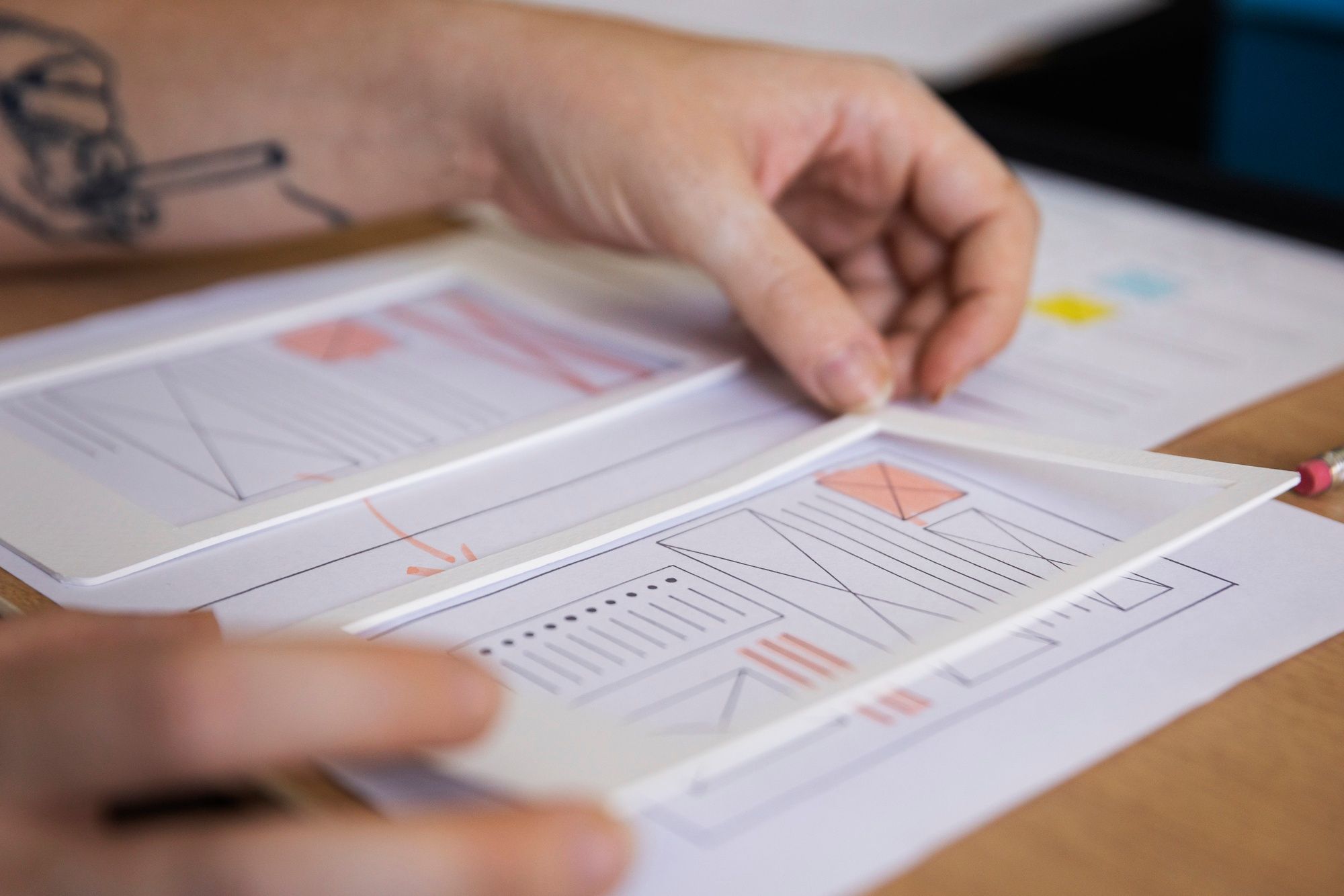UX design, also known as user experience design, is a crucial aspect of designing products, services and digital interfaces. The goal of UX design is to create a seamless and enjoyable experience for the user, while also addressing their pain points and needs.
It’s an iterative process that involves researching,
prototyping, testing and gathering feedback to make improvements.
The first step in the UX design process is research. This can take many forms such as
user interviews, surveys, and usability testing. The aim is to gain a deep understanding
of the user’s needs, goals and pain points.
With this information, designers can
then create wireframes and prototypes which are tested with real users. This allows
designers to identify any issues and make necessary adjustments before the final product
is released.
Usability is another key aspect of UX design. It refers to how easy it is for users to
accomplish their tasks and navigate through the interface. Usability is measured through
metrics such as task completion time, error rate, and satisfaction. A great user
experience design should be intuitive and efficient, allowing users to complete their
tasks quickly and with minimal errors.
UX design is a constantly evolving field, as new technologies and devices are constantly
emerging. However, by focusing on the user’s needs and goals, and testing designs with
real users, designers can create products that provide a positive experience for the
user.
In conclusion, UX design is a vital process that helps to ensure that products, services
and digital interfaces are user-friendly and enjoyable to use. By focusing on the user’s
needs and goals, testing designs with real users and gathering feedback, UX designers
can create a seamless and positive experience for the end-user.



